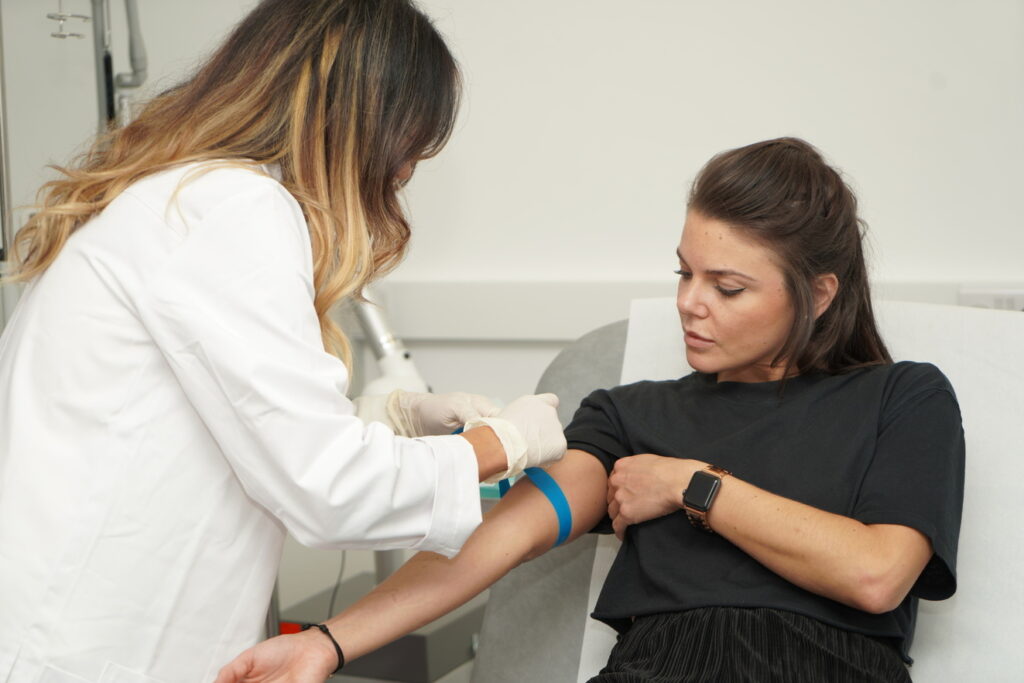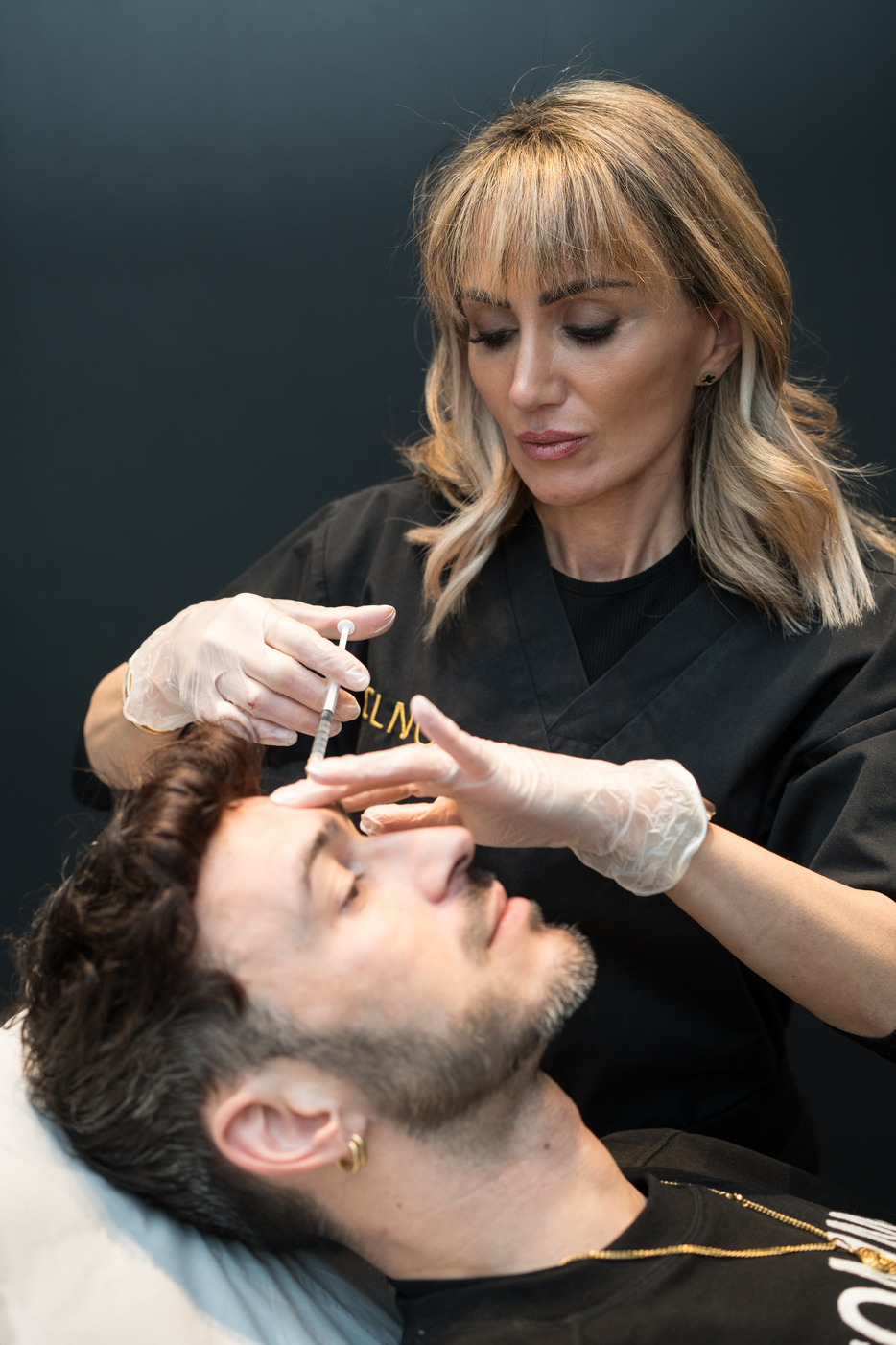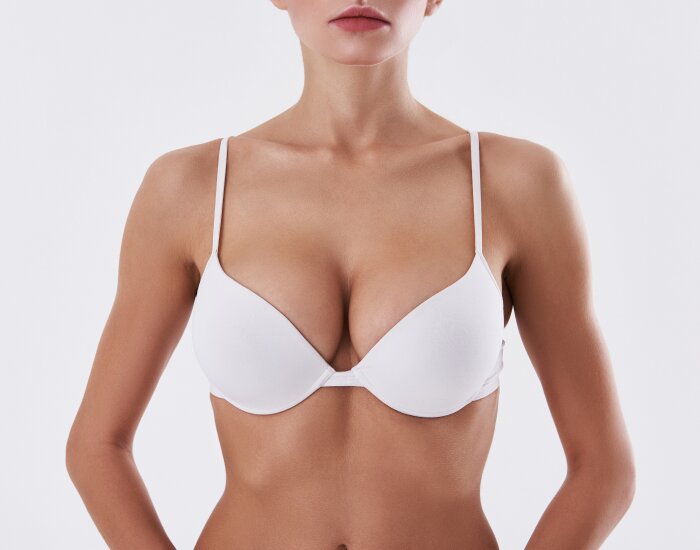VBeam Laser
Pulsed Dye Laser Manchester
VBeam laser is a pulsed dye laser (PDL) technology widely used in dermatology and aesthetic medicine to treat vascular and redness-related skin conditions. It emits light at specific wavelengths of 595 nm that are preferentially absorbed by oxyhaemoglobin (red blood cells) in blood vessels. The laser energy heats and coagulates the targeted vessels, which are then naturally reabsorbed by the body — leaving the surrounding skin largely unharmed.
VBeam is considered the gold standard for many vascular skin issues, thanks to its precision, predictable safety profile, and minimal downtime. The Vbeam is available in our laser clinic Manchester.
Table of Contents
How Does VBeam work?
Principle: Selective Photothermolysis
The underlying principle is selective photothermolysis — targeting a specific chromophore (in this case oxyhaemoglobin) with a wavelength that is absorbed by it but spares adjacent tissues. The absorbed energy rapidly heats the vessel wall, causing controlled vascular damage and collapse, with subsequent clearance by the body’s immune and lymphatic systems.
Because the pulse durations are short (milliseconds or less), and because cooling is applied before, during, or after each pulse, the epidermis is protected and collateral damage is minimised.
Cooling & Safety
VBeam systems typically incorporate a spray cooling that delivers a burst of cryogen (cold gas) milliseconds before or after each laser pulse. This protects the superficial skin, helps reduce discomfort, and lowers the risk of side effects like blistering or pigmentation changes.
Wavelength & Depth
595 nm is the PDL wavelength for superficial to mid-dermal blood vessels (e.g. facial telangiectasia, rosacea).
Who Is Suitable VBeam Laser?
Good Candidates
Patients with facial flushing, persistent redness, broken capillaries, or rosacea who have not responded to topical/regimen therapy.
Those with vascular birthmarks (port-wine stain, angiomas) seeking improvement.
Scar patients wanting reduction in redness and improved appearance.
People with recalcitrant warts/verruca failing conventional therapies, sometimes as adjunct therapy.
Not Suitable / Relative Contraindications
Active skin infection, ulceration, or open wounds in treatment area.
Recent isotretinoin (Accutane) use within 6–12 months.
Uncontrolled coagulopathy or bleeding disorders.
History of keloids in high-risk individuals (use caution).
Photosensitivity or use of photosensitizing drugs.
Darker skin types (Fitzpatrick V–VI) require caution due to higher risk of post-inflammatory pigmentation changes — may require test patching and tailored parameters.
Pregnancy or breastfeeding (often deferred until after).
Recent sun exposure / tanning (sunburned skin).
Use of topical retinoids, exfoliants, or strong active skin therapies in days before treatment.
What Conditions does PDL Treat?
The PDL or VBeam laser treats a large variety of different conditions. These not only include vascular lesions but also other conditions such as warts and verrucas.
Rosacea And Facial Redness
Rosacea is a common skin condition that causes facial flushing, persistent redness, and visible broken capillaries. VBeam laser is one of the most effective treatments for rosacea because it targets the tiny blood vessels that cause redness. Over a series of treatments, it can significantly reduce flushing, calm down skin sensitivity, and restore a more even skin tone.
Facial Thread Veins (Telangiectasia)
Facial thread veins, also known as telangiectasia, are small red or purple vessels visible on the cheeks, chin, or around the nose. They can be stubborn and resistant to creams or topical remedies. VBeam laser selectively closes these vessels without damaging surrounding skin, leaving the face clearer and more uniform in colour.
Port-Wine Stain Birthmarks
Port-wine stains are congenital vascular birthmarks that often darken or thicken with age. VBeam is considered the gold standard treatment, especially when started early in life, although adults can also see significant improvement. While complete removal may not always be possible, the laser can dramatically lighten these marks and improve confidence.
Spider Angiomas and Cherry Angiomas
Spider angiomas and cherry angiomas are small red or purple spots caused by clusters of blood vessels near the skin’s surface. Although harmless, they can be cosmetically bothersome. VBeam quickly and effectively treats these lesions, usually in just a few sessions, making them fade or disappear with little downtime.
Haemangiomas and Vascular Birthmarks
Haemangiomas are benign growths of blood vessels that often appear in infancy. In some cases, they persist into adulthood or cause cosmetic concerns. VBeam laser can reduce redness and flatten the appearance of these lesions, particularly when they are superficial, without the need for invasive procedures.
Venous Lakes
Venous lakes are dark blue or purple vascular spots, commonly found on the lips or ears. They can look like bruises and sometimes cause self-consciousness. VBeam laser is highly effective in shrinking these vessels, often producing excellent results after just one or two treatments.
Traumatic Bruising (Purpura)
Bruising after surgery, cosmetic procedures, or accidental trauma can sometimes linger longer than expected. VBeam speeds up the natural healing process by breaking down trapped blood under the skin, helping bruises fade more quickly and reducing downtime for patients.
Red and Raised Scars
New scars often appear red due to increased blood supply in the healing tissue. VBeam targets this excess vascularity, helping scars blend more naturally into surrounding skin. It is frequently used on surgical, traumatic, or acne scars to reduce redness and improve overall appearance.
Acne and Post-Inflammatory Redness
Even after active acne has settled, many patients are left with stubborn red marks, known as post-inflammatory erythema. VBeam can clear these marks by shutting down the tiny vessels that feed them, giving the skin a smoother and clearer appearance. It may also help calm active inflammatory acne lesions.
Warts and Verrucae
Warts and verrucae are caused by the human papillomavirus (HPV) and are notoriously resistant to treatment. VBeam can be used as an alternative or adjunct therapy for stubborn cases. By cutting off the blood supply to these lesions, the laser helps the body clear them naturally over time.
Poikiloderma of Civatte
Poikiloderma is a combination of redness, pigmentation, and broken vessels that typically appears on the sides of the neck and chest due to sun exposure. VBeam is excellent at reducing the red vascular component of poikiloderma, restoring a more balanced and youthful skin tone.
Radiation-Induced Vascular Changes
After radiotherapy, some patients develop visible thread veins or redness in treated areas. VBeam can safely and effectively improve these vascular changes, helping restore the skin’s appearance and reducing long-term cosmetic side effects of cancer treatments.
VBeam Laser FAQ
Frequently Asked Questions
What skin conditions can VBeam treat?
VBeam treats many vascular and redness-related skin issues including rosacea, facial flushing, broken capillaries, port-wine stains, angiomas, venous lakes, red scars (hypertrophic/keloid erythema), post-inflammatory red marks (from acne), and occasionally resistant warts or verrucae as adjunct therapy.
Does it hurt?
You will often feel a snapping or tingling sensation — some liken it to a light rubber-band flick. The built-in cooling (cryogen spray) significantly mitigates discomfort; topical numbing creams may be used for sensitive skin.
What is the downtime?
Most patients experience minimal downtime. Mild redness, swelling, or warmth may persist for 24–48 hours. If a bruise (purpura) occurs, it typically fades in 3–7 days. Normal daily activities are possible almost immediately.
How many sessions will I need?
It depends on the condition. Many patients require 3–5 sessions (spaced 4–6 weeks apart). Some more challenging lesions or pigment-vascular lesions may need more sessions or occasional maintenance treatments.
Is VBeam suitable for dark skin?
It can be used safely on darker skin types when the operator adjusts settings and performs test patching. The risk of pigmentation changes is slightly higher, so care and expertise are essential.
Can VBeam treat warts (verrucae)?
Yes — while not its primary indication, VBeam can sometimes be used as adjunctive therapy for stubborn warts/verrucae due to their vascular component, especially when conventional treatments have failed.
When will I see results?
Some improvement is visible within days, but optimal clearance often appears over several weeks after vessel absorption and remodelling. Full effect may require a course of treatments.
Can makeup be used immediately after?
Generally, you should wait at least 24 hours, especially if purpura or blistering has occurred. After that, mineral, non-irritant makeup is typically acceptable, but avoid heavy or exfoliative cosmetic products early on.
Confident. Beautiful. Empowered.
The Leading Aesthetic and Longevity Clinic in Manchester and Cheshire
We are dedicated to helping you achieve your health and wellness goals through our comprehensive range of personalized treatments and luxury approach. Whether you’re seeking to address specific concerns, enhance your appearance, or simply optimize your well-being, we have the solution. Our team of experts is passionate about creating a welcoming and supportive environment where you can feel comfortable and confident in your journey to a more radiant you. Don’t wait any longer to start your journey to optimal health and beauty.

















